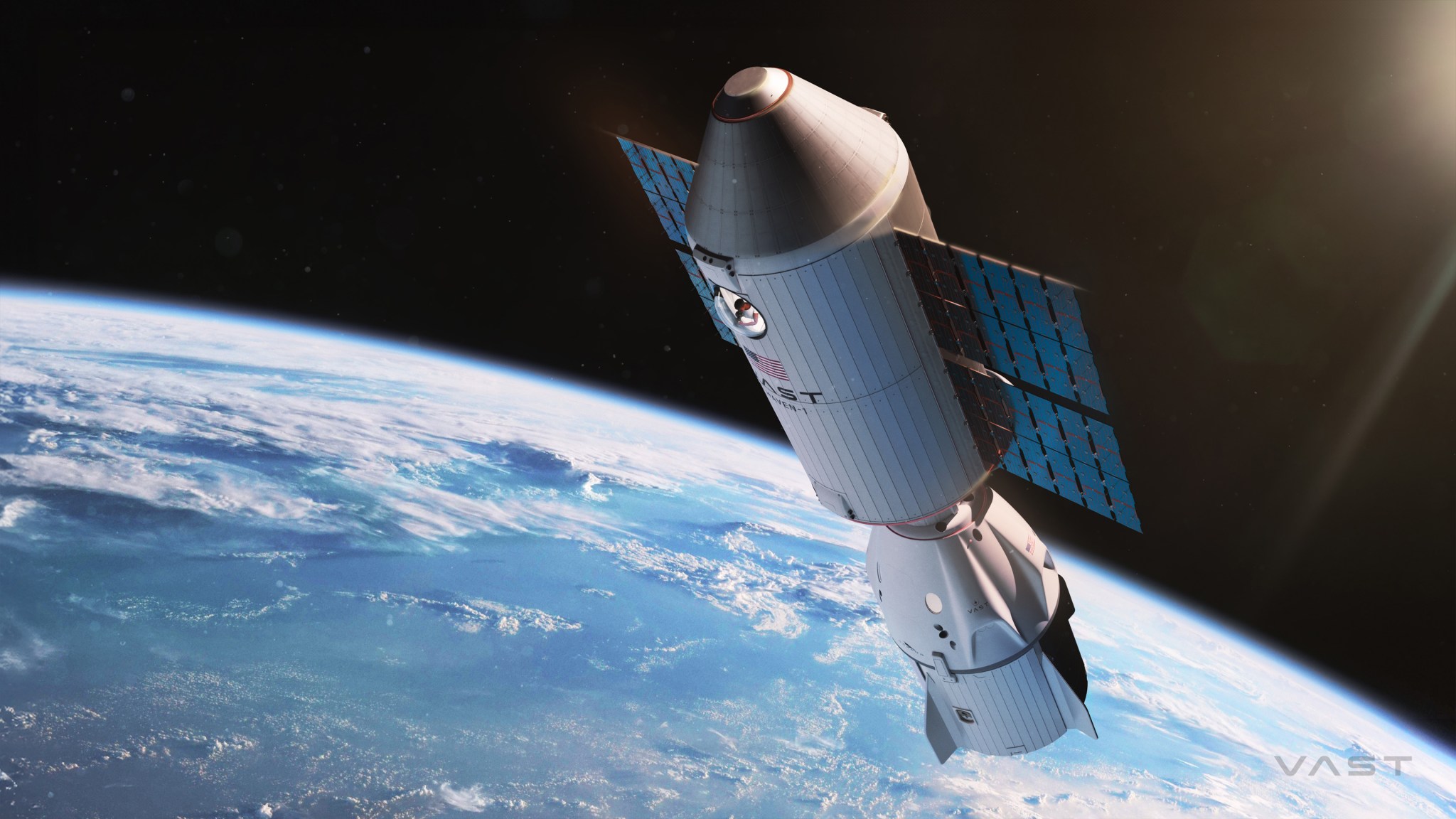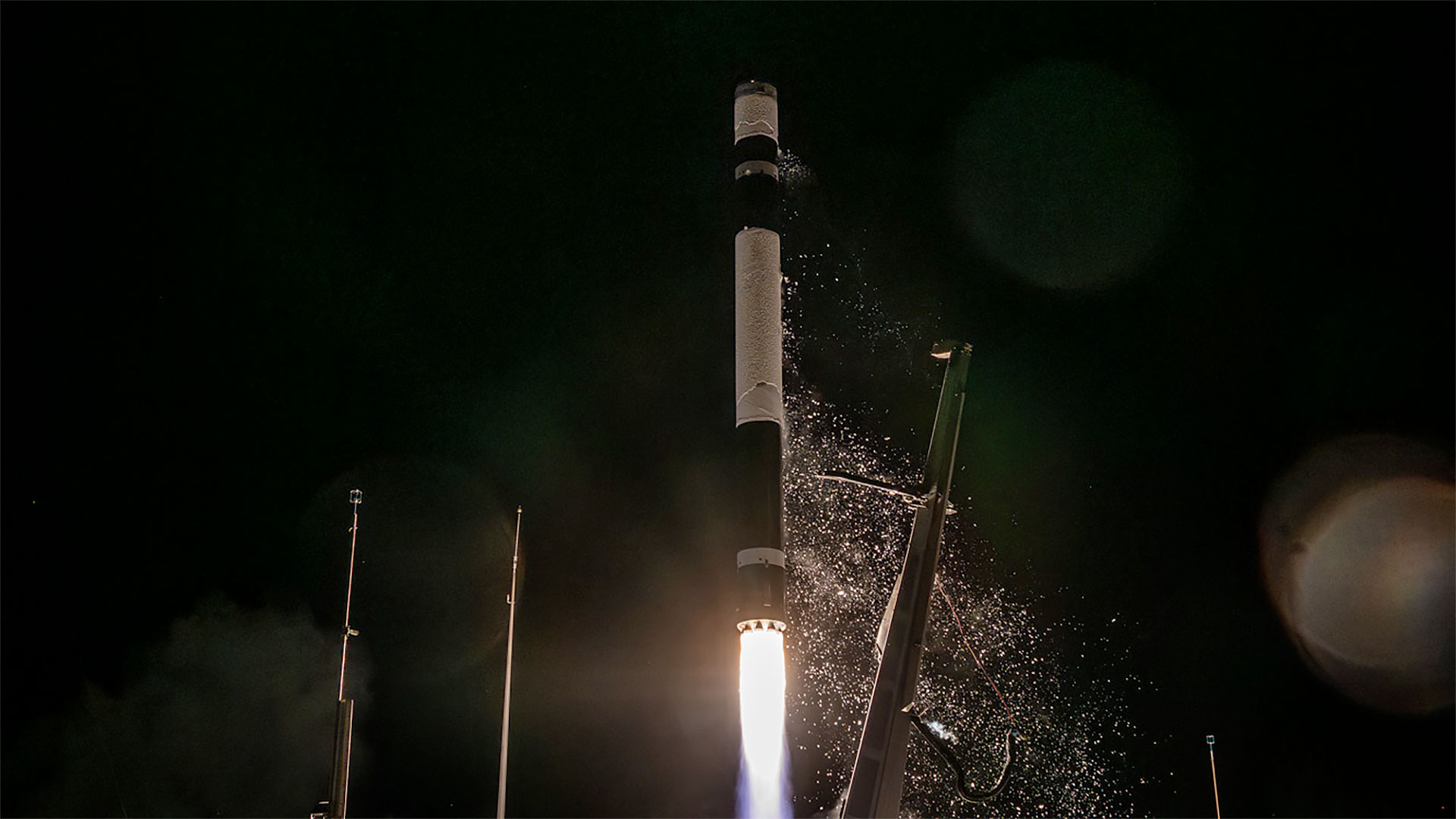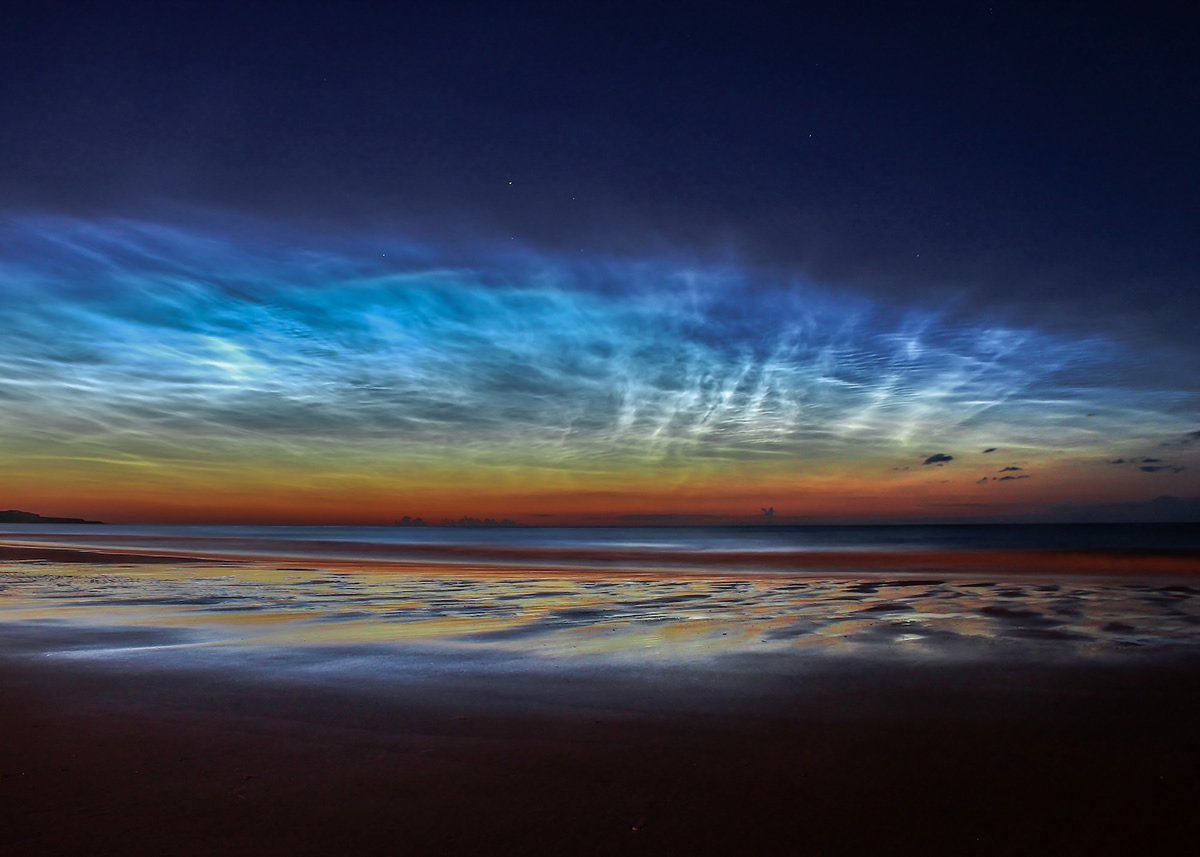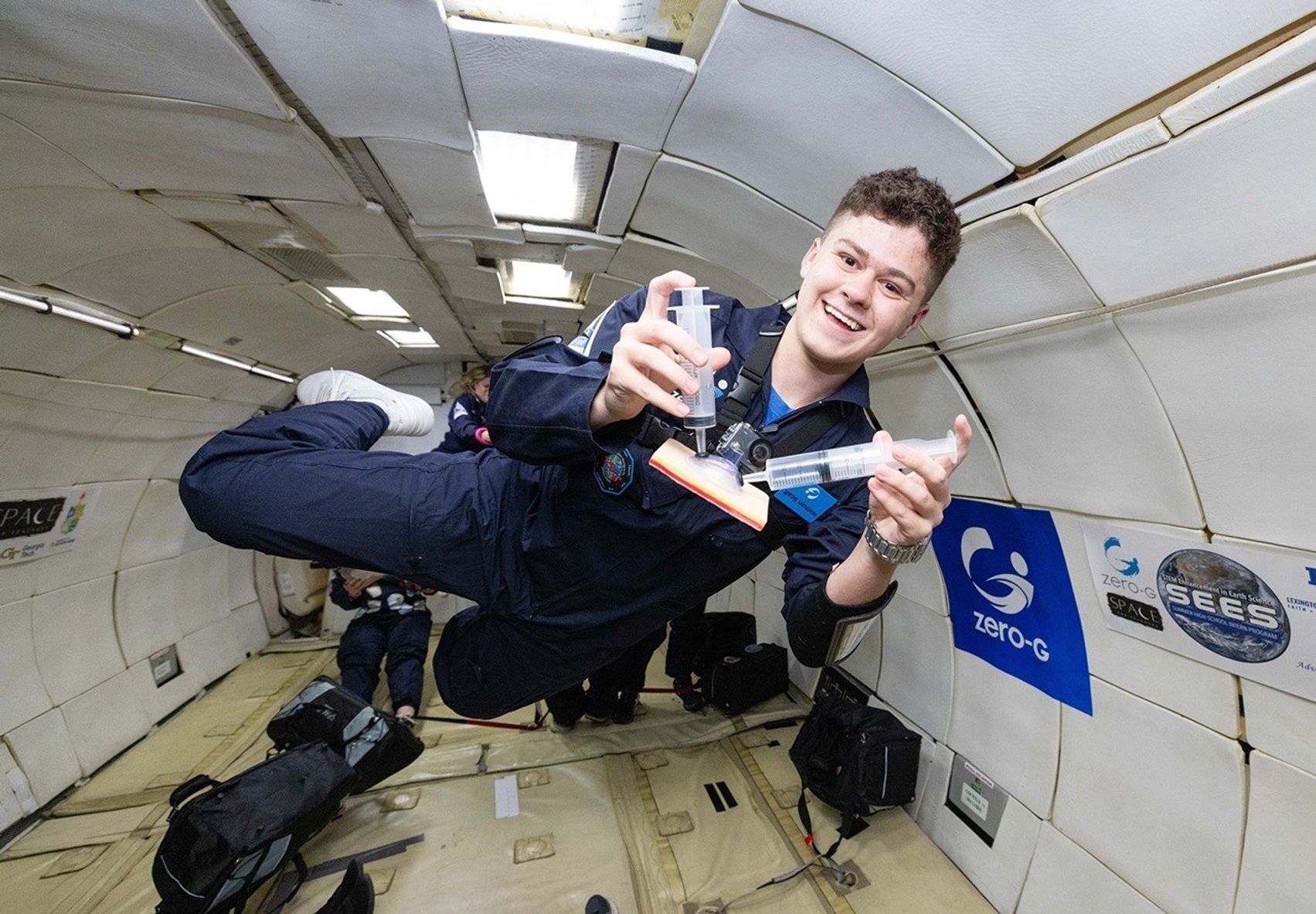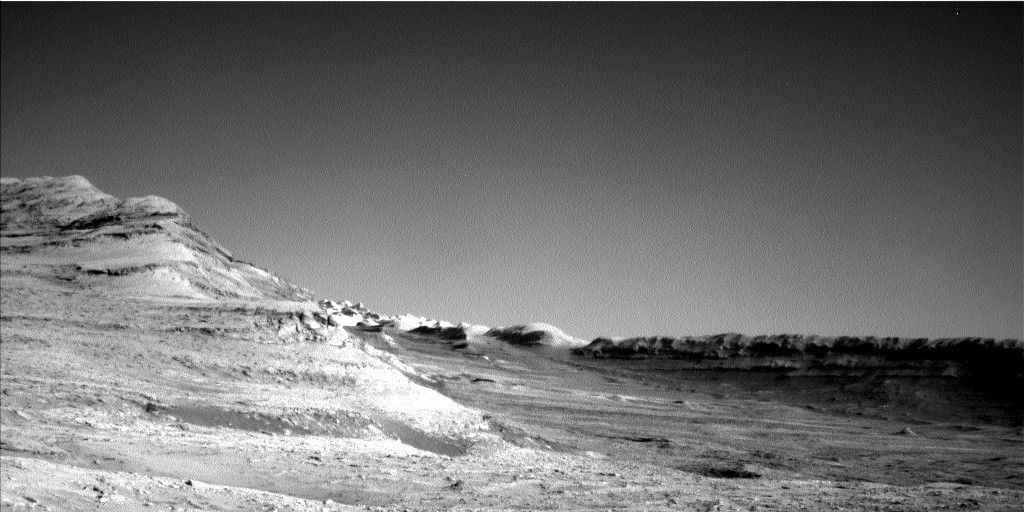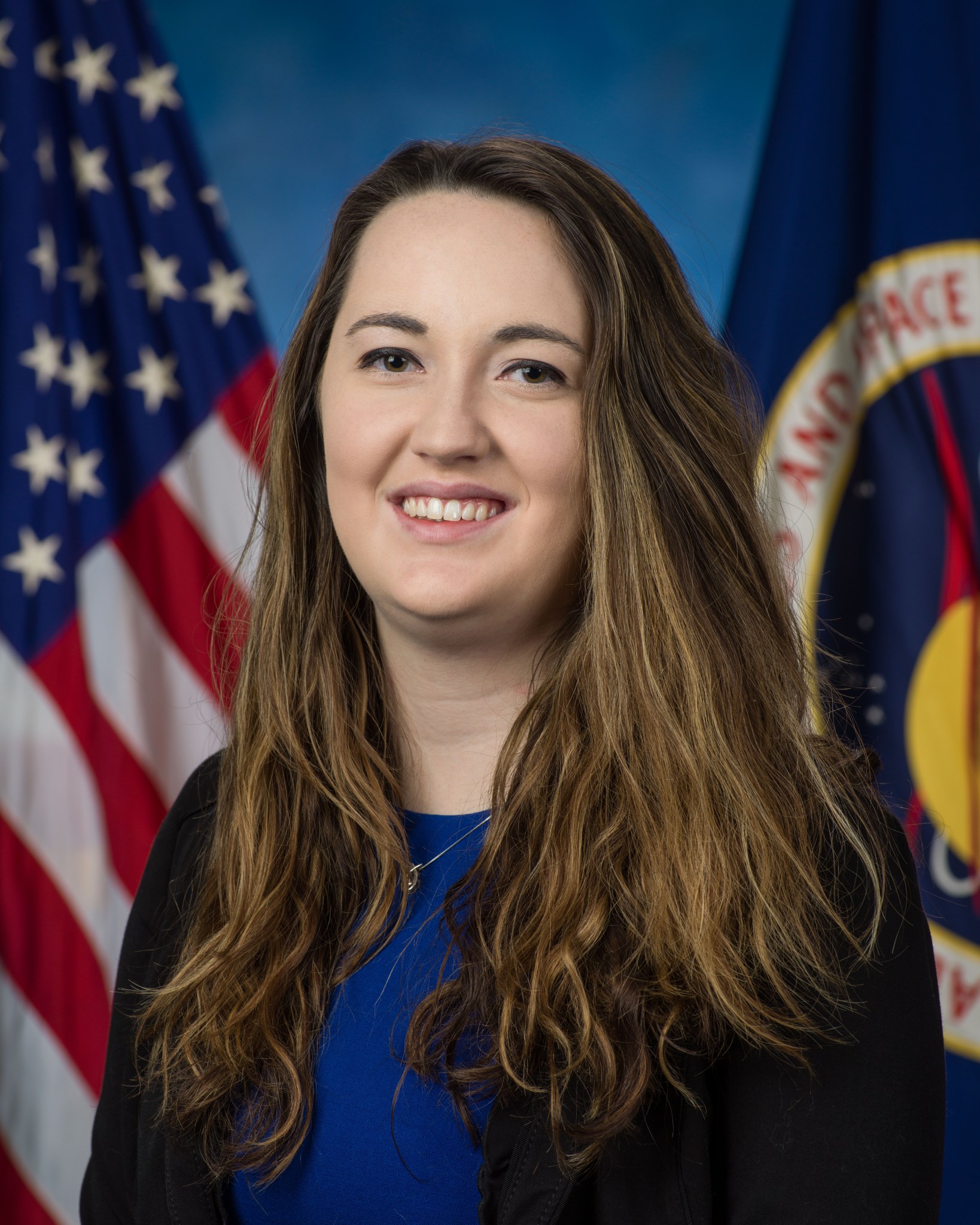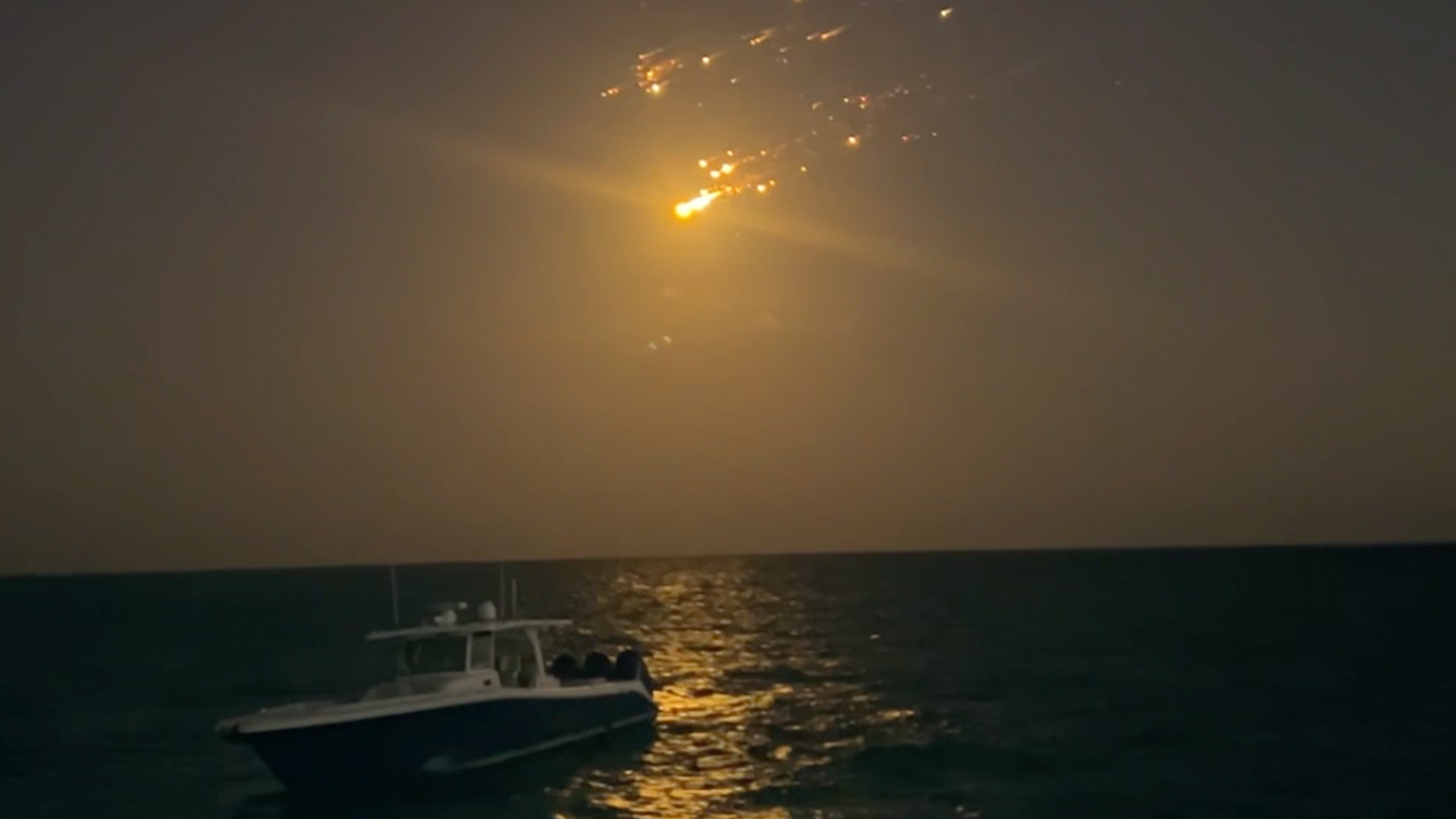2 min read Preparations for Next Moonwalk Simulations Underway (and Underwater) A digital rendering of the NASA-supported commercial space station, Vast’s Haven-1, which will provide a microgravity environment for crew, research, and in-space manufacturing. Vast NASA-supported commercial space station, Vast’s Haven-1, recently completed a test of a critical air filter system for keeping future astronauts healthy in orbit. Testing confirmed the system can maintain a safe and healthy atmosphere for all planned Haven-1 mission phases. Testing of the trace contaminant control system was completed at NASA’s Marshall Space Flight Center in…
Read MoreCategory: Nasa
Nasa
Watch Rocket Lab launch private Earth-observing satellite to orbit tonight
Rocket Lab plans to launch an Earth-observing satellite for the company BlackSky tonight (May 28), and you can watch the action live. An Electron rocket is scheduled to lift off from Rocket Lab‘s New Zealand site today at 9:15 p.m. EDT (0115 GMT and 1:15 p.m. New Zealand time on May 29), carrying a “Gen-3” satellite for Virginia-based BlackSky toward low Earth orbit (LEO). Rocket Lab will stream the launch live, beginning 30 minutes before liftoff. You can watch live via the company and here at Space.com if, as expected,…
Read MorePhotographer captures ghostly ripples over Colorado night sky. ‘It is rare to see it directly overhead and moving like that’ (photo)
Ghostly green ripples can be seen in the hazy green airglow above. (Image credit: Aaron Watson/Skies Alive Photography) Beneath the star-drenched skies of Colorado on May 26, as the Milky Way arched into view, photographer Aaron Watson pointed his lens upward — and captured something extraordinary unfolding in the night. “I have seen airglow a lot, but it is rare to see it directly overhead and moving like that,” Watson told Space.com in an email. Watson’s timelapse, captured around 3:30 a.m. local time and spanning about 30 minutes, reveals watery…
Read MoreNoctilucent cloud season 2025 is upon us! Here’s how to spot elusive ‘night-shining’ clouds
Noctilucent cloud season is upon us! Here’s what you need to know about when to catch the spectral phenomenon as we move into the prime viewing season of the summer months. Astronomers and clouds are natural enemies, owing largely to the latter’s habit of obscuring the sky beyond with dense veils of condensed water vapor. One exception to this rule is the appearance of noctilucent clouds — delicate wisps of icy particles that appear to glow a spectral blue in the sun‘s reflected light in the post-sunset and predawn hours.…
Read MoreNASA Interns Conduct Aerospace Research in Microgravity
Explore This Section Science NASA STEM Projects NASA Interns Conduct Aerospace… Overview Learning Resources Science Activation Teams SME Map Opportunities More Science Activation Stories Citizen Science 3 min read NASA Interns Conduct Aerospace Research in Microgravity The NASA Science Activation program’s STEM (Science, Technology, Engineering, and Mathematics) Enhancement in Earth Science (SEES) Summer Intern Program, hosted by the University of Texas Center for Space Research, continues to expand opportunities for high school students to engage in authentic spaceflight research. As part of the SEES Microgravity Research initiative, four interns…
Read MoreSols 4549-4552: Keeping Busy Over the Long Weekend
Curiosity Navigation Curiosity Home Mission Overview Where is Curiosity? Mission Updates Science Overview Instruments Highlights Exploration Goals News and Features Multimedia Curiosity Raw Images Images Videos Audio Mosaics More Resources Mars Missions Mars Sample Return Mars Perseverance Rover Mars Curiosity Rover MAVEN Mars Reconnaissance Orbiter Mars Odyssey More Mars Missions Mars Home 4 min read Sols 4549-4552: Keeping Busy Over the Long Weekend NASA’s Mars rover Curiosity acquired this image using its Left Navigation Camera on May 23, 2025 — Sol 4548, or Martian day 4,548 of the Mars Science…
Read MoreCareer Spotlight: Mathematician (Ages 14-18)
5 Min Read Career Spotlight: Mathematician (Ages 14-18) What does a mathematician do? Mathematicians use their expert knowledge of math to solve problems and gain new understanding about how our world works. They analyze data and create mathematical models to predict results based on changes in variables. Many different fields rely heavily on math, such as engineering, finance, and the sciences. Using math to solve real-world problems is called “applied math.” This is different from “abstract math,” which refers to the study of the structure of mathematics. At NASA, applied…
Read MoreNASA satellites show Antarctica has gained ice despite rising global temperatures. How is that possible?
Antarctica has gained ice in recent years, despite increasing average global temperatures and climate change, a new study finds. Using data from NASA satellites, researchers from Tongji University in Shanghai tracked changes in Antarctica’s ice sheet over more than two decades. The overall trend is one of substantial ice loss on the continent, but from 2021 to 2023, Antarctica gained some of that lost ice back. However, this isn’t a sign that global warming and climate change have miraculously reversed. Picture a long ski slope with a small jump at…
Read MoreJohnson’s Paige Whittington Builds a Symphony of Simulations
What do music ensembles and human spaceflight have in common? They require the harmonization of different elements to create an inspiring opus. NASA’s Paige Whittington has experience with both. As a principal flutist for Purdue University’s Wind Ensemble, Whittington helped fellow flutists play beautiful music together while pursuing her graduate degree. Now, as a space exploration simulation architect at Johnson Space Center in Houston, she strives for a cross-team harmony that can inform the agency’s Moon to Mars exploration approach. “Simulation often sits at the intersection of several teams because…
Read MoreScientists worry Trump’s budget cuts will halt satellite air pollution studies: ‘It’s incredibly short-sighted’
Crucial research into the effects of rocket and satellite air pollution on Earth’s atmosphere is reportedly being cut as part of Donald Trump administration’s cuts to climate science budgets. Experts say the cancellation comes at the worst time and will cause a major setback for the emerging field of science. Research funding for the U.S. National Oceanic and Atmospheric Administration (NOAA) is set to be cut by an estimated $1.52 billion with funding covering climate science to be hit the hardest, according to Science. These cuts are expected to include…
Read More